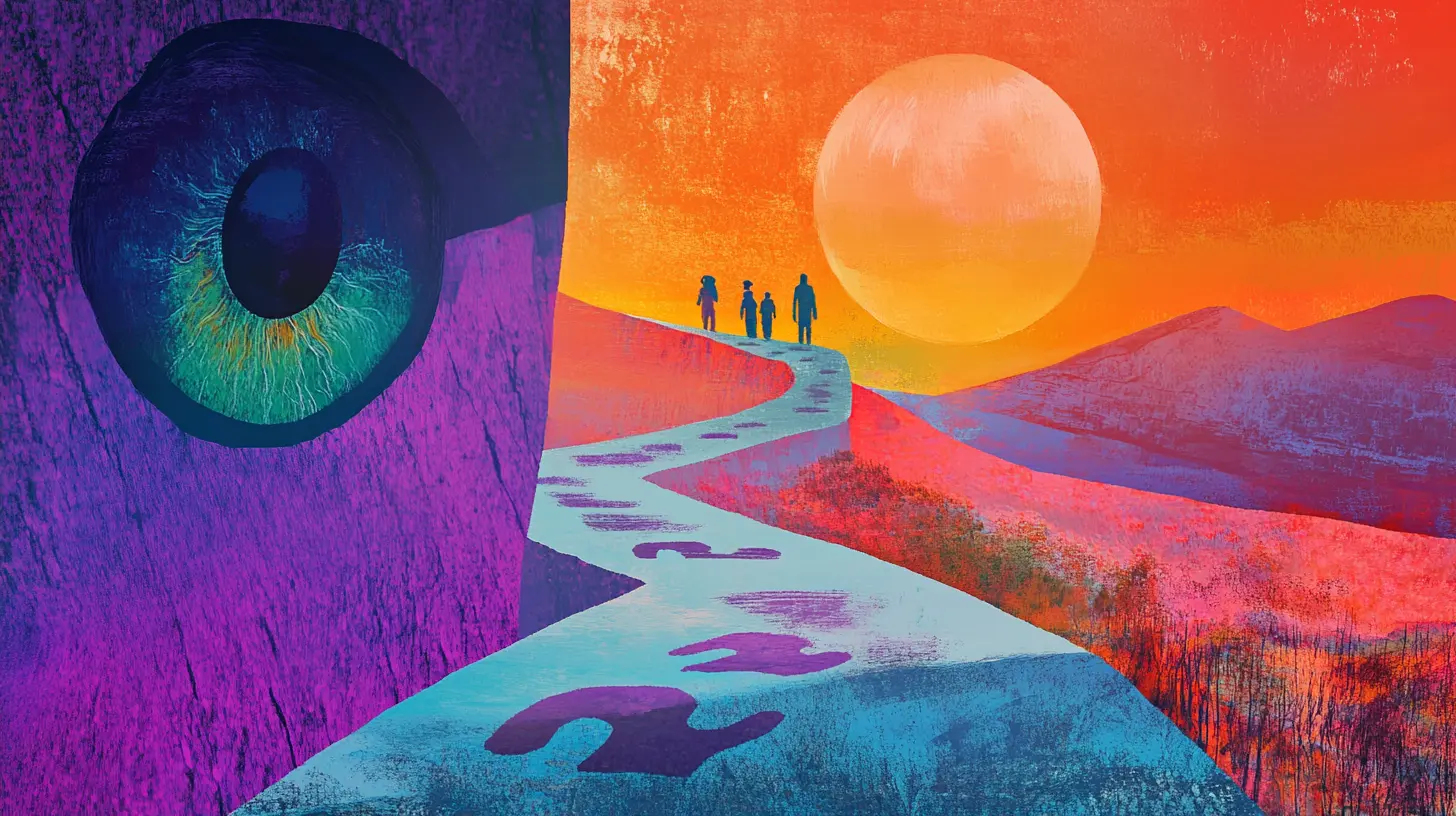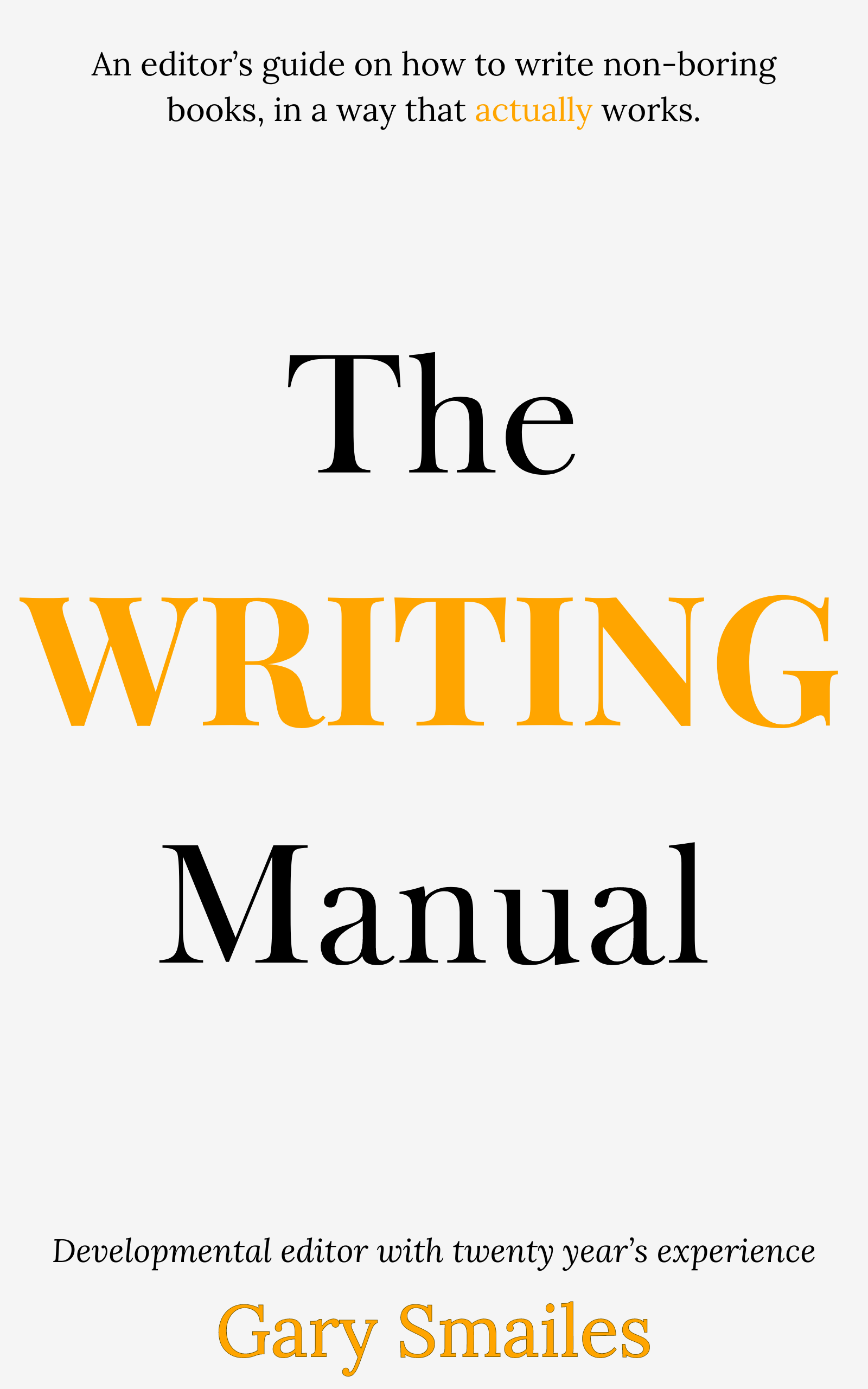



Table of Contents
So, you're diving into the world of storytelling, huh? Well, one of the biggies you gotta nail down is the narrative perspective. It's like the camera lens through which your readers see the whole shebang. Get it right, and you can really pull your readers into the story, making them feel all the feels. In this post, we're gonna chat about the different types of narrative perspectives, what makes each one tick, and how to pick the perfect one for your tale.
Ever read a story where it feels like you're inside the narrator's head? That's the first-person perspective for ya. Using "I" or "we," it lets readers see the world through the narrator's eyes. It's super personal and can make the story feel really immediate and real. But, heads up, it can also be a bit limiting since you're stuck with just what the narrator knows. Think of J.D. Salinger's "The Catcher in the Rye"—you're right there with Holden, feeling all his angst and confusion.
Now, this one's a bit of a wild card. The second-person perspective talks directly to "you," pulling you right into the action. It's like those choose-your-own-adventure books where you're the hero. It's cool for short bursts but can be tricky to keep up in longer stories. Done right, though, it can make you feel like you're living the story, like in Jay McInerney's "Bright Lights, Big City."
Here's where things get a bit more flexible. The third-person perspective uses "he," "she," or "they," and it can be split into limited, omniscient, and objective. Third-person limited sticks with one character's thoughts, like in the "Harry Potter" series. Omniscient gives you the whole picture, letting you in on stuff the characters don't know. And objective? It just shows you what's happening without diving into anyone's head. This perspective's great for juggling multiple characters and plotlines.
Picking the right perspective isn't just about what feels cool. It's gotta fit your story's vibe and help with character development and plot. If your story's all about internal struggles, first-person might be your best bet. But if you've got a big, sprawling plot with lots of characters, third-person omniscient could be the way to go. Play around with different perspectives to see which one clicks for your story.
Watch out for common pitfalls like inconsistent points of view or unclear narration. Stick to your chosen perspective's rules to keep things smooth. Avoid jumping between perspectives in the same scene—it's a surefire way to confuse your readers. Use chapter breaks or scene transitions if you need to switch things up. And remember, make the most of your perspective's strengths. A first-person narrative should really showcase the narrator's voice, while third-person omniscient should give a full view of the story world.
At the end of the day, the narrative perspective you choose can make or break your story. By weighing the pros and cons of each option, you can craft a tale that truly resonates with your readers. Don't be afraid to experiment and learn more about narrative techniques. With a bit of practice, you'll find the perfect way to tell your story and keep your readers hooked.
The four main types of narrative perspective are first-person, second-person, third-person limited, and third-person omniscient. First-person uses "I" or "we" and provides a personal view from the narrator's perspective. Second-person addresses the reader as "you," making them a part of the story. Third-person limited focuses on the thoughts and feelings of one character, while third-person omniscient provides a god-like perspective, offering insights into multiple characters and events.
Choosing a narrative perspective depends on the story you want to tell and the connection you wish to establish with your readers. Consider the level of intimacy you want between the reader and the characters, the amount of information you want to reveal, and the complexity of the plot. Experiment with different perspectives to see which one best serves your story's needs and enhances its emotional impact.
Narrative perspective is crucial in writing as it shapes the reader's experience and understanding of the story. It influences how much the reader knows about the characters' thoughts and feelings, the plot's unfolding, and the overall tone of the narrative. A well-chosen perspective can enhance the story's emotional depth, create suspense, and provide unique insights into the characters and events.
Narrative perspective affects a story by determining the angle from which the story is told and the amount of information available to the reader. It can influence the reader's emotional engagement, the level of suspense, and the depth of character development. Different perspectives can offer varied insights and interpretations, making the choice of perspective a powerful tool in storytelling.

Claim your free eBook today and join over 25,000 writers who have read and benefited from this ebook.
'It is probably one of the best books on writing I've read so far.' Miz Bent